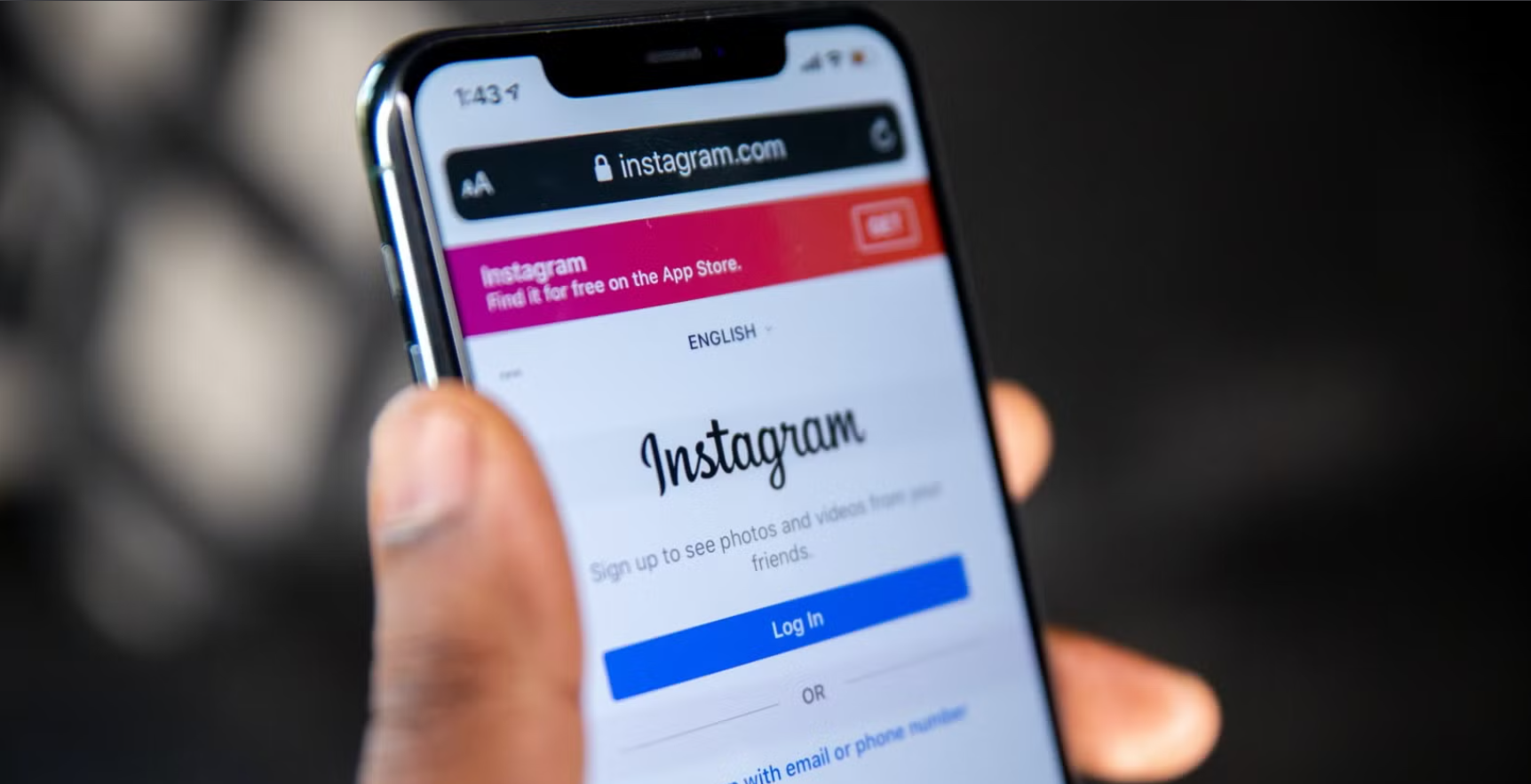In today’s digital landscape, artificial intelligence is advancing astonishingly. AI-generated images, voices, and videos are becoming eerily realistic, blurring the lines between reality and fiction. But what happens when this technology is used with malicious intent? Imagine waking up to find that your face, your voice, and even your identity have been hijacked—by an AI deepfake. This is the terrifying reality for victims of identity theft in the age of artificial intelligence.
Deepfake technology uses AI to manipulate existing video and audio, creating hyper-realistic content that can make someone appear to say or do things they never did. While initially developed for entertainment and special effects, deepfakes have become a powerful tool for deception, fraud, and cybercrime.
At first, deepfakes were easy to spot—glitches, unnatural facial movements, and distorted voices made them seem fake. But today, the technology has evolved to the point where even experts struggle to tell real from fake. And for victims, the consequences can be devastating.
Emma Sinclair, a 32-year-old marketing professional, learned this the hard way. One morning, she received frantic calls from her colleagues and friends. A video of her had surfaced online, where she was seen making offensive remarks during a fake job interview.
Emma was horrified. She had never said any of those things. Yet the video looked and sounded exactly like her. Her employer immediately suspended her, pending an investigation. Social media exploded with outrage. No one believed her when she insisted it was fake.
The nightmare had begun.
Emma’s attempts to prove her innocence were met with skepticism. The AI-generated video had been expertly crafted. Even forensic analysts struggled to prove it was a fake. Meanwhile, Emma’s personal and professional life crumbled.
Her social media accounts were flooded with threats. Job offers vanished. Even close friends questioned her. The deepfake had not just stolen her identity—it had rewritten her entire reputation.
But the worst part? She had no idea who was behind it.
Deepfake scams are growing more sophisticated. Criminals now use AI-generated voices to impersonate loved ones, tricking people into sending money. Others manipulate deepfakes for blackmail, revenge, or political misinformation.
Governments and tech companies are scrambling to develop deepfake detection tools, but the technology is evolving too quickly. Every new advancement makes the line between reality and fabrication harder to see.
After months of legal battles and expert intervention, Emma eventually cleared her name. But not everyone is so lucky. Many deepfake victims remain trapped in a digital nightmare with no escape.
As AI continues to evolve, the question remains: how do we protect ourselves? Awareness is the first step. Always verify sources, be cautious about sharing personal videos online, and push for stronger legal protections against AI misuse.
Because in a world where reality can be manufactured, your identity is no longer yours alone. The deepfake nightmare is just beginning.



